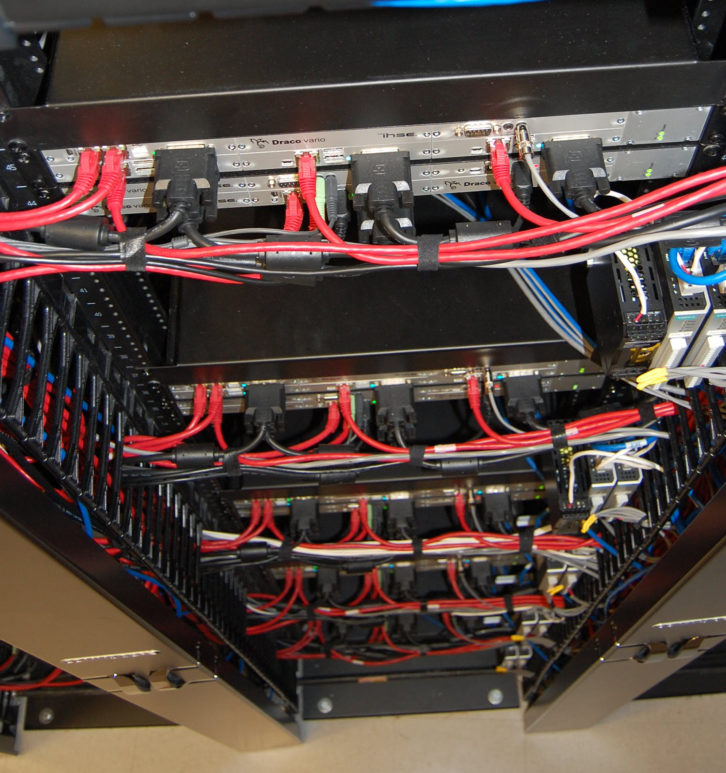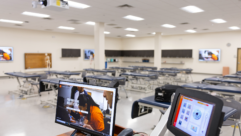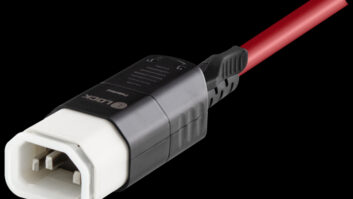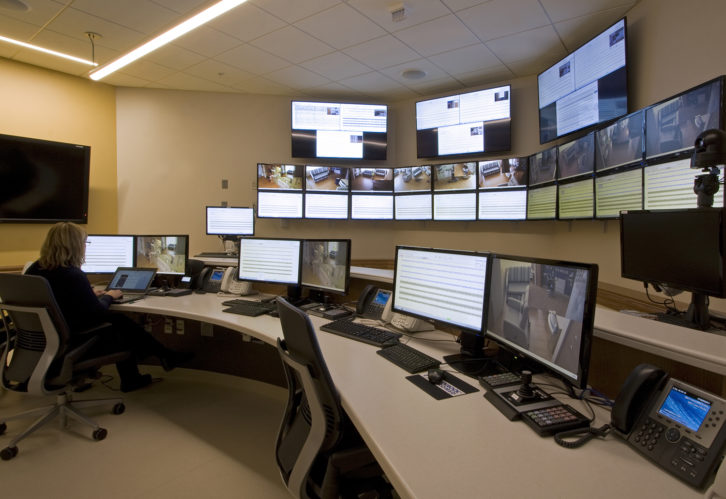
A leading children’s hospital in the Midwest uses an 80-port compact KVM matrix switch at the heart of a state-of-the-art monitoring system for epilepsy patients. Designed and installed by Micromed, a global provider of neurophysiology solutions, the system enables 24/7 monitoring of patient rooms from a centralized epilepsy monitoring control room as well as nursing stations.
The hospital operates the largest and most comprehensive pediatric neurosciences program in Wisconsin and ranks among the nation’s best. The hospital’s inpatient facility includes 22 patient rooms equipped with high-definition video cameras and advanced patient neuromonitoring capabilities. For the design of the new facility, Micromed sought technologies that would give doctors and nurses the ability to monitor patients from a central control location. It was important that medical teams feel immediately comfortable with the system, so it needed to be as easy to operate as possible with minimal training.
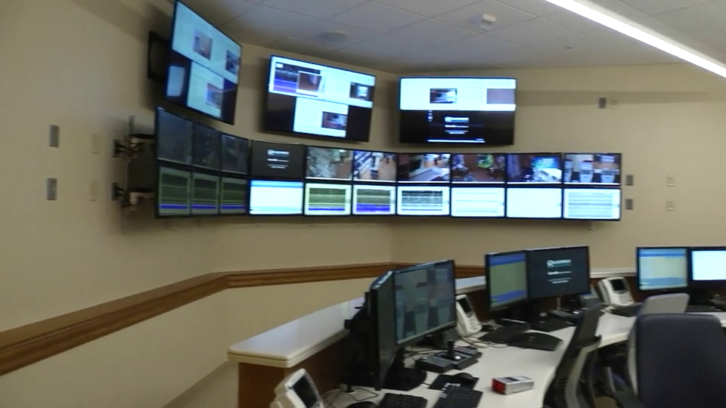
“The KVM switches and extenders are a key differentiator for Micromed and an essential element in the turnkey solution we offer to hospitals and neurophysiology practitioners. At this particular hospital, the IHSE equipment has turned out to be the ideal solution to meet the requirements of its new facility,” said Jeremiah Johnston, operations and field support manager for Micromed. “Not only does the KVM system reduce the amount of equipment needed in the epilepsy monitoring control room and patient rooms, but hospital staff can access recordings from either. This allows them to share the workload when they are at their busiest and deliver the level of care that each patient deserves.”
The advanced KVM system allows clinical staff to control cameras remotely and access all patient monitoring equipment throughout the day and night to ensure the safety and continuous care of epilepsy patients. In the epilepsy monitoring control room, observers use personal workstations — each equipped with a keyboard, mouse, and two monitors — and wall-mounted screens that deliver latency-free access to all central computers and monitoring cameras throughout the hospital. Medical staff are able to view and control the monitoring system and cameras remotely. In addition to the 80-port Draco tera compact switch, the IHSE solution includes Draco vario and Draco compact extenders. The switch and extenders, together with computers and support equipment, are installed in a main server room to maximize reliability and security. Together with the room-based equipment, the system supports several portable monitoring trolleys that can be quickly set up wherever needed and controlled remotely.
